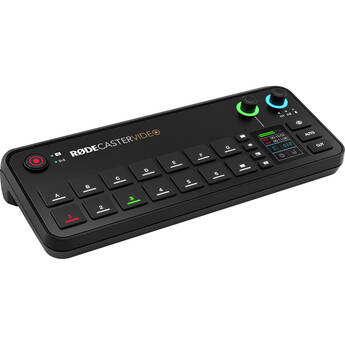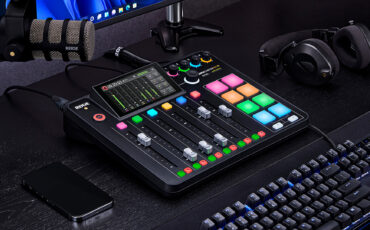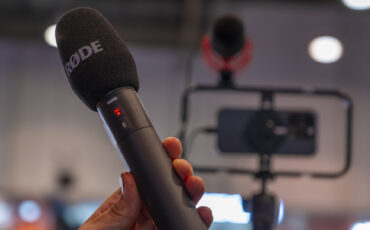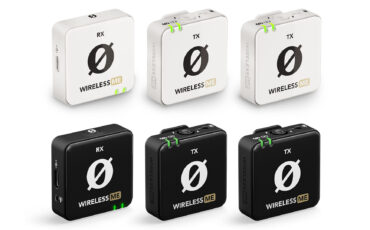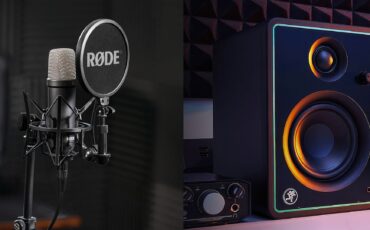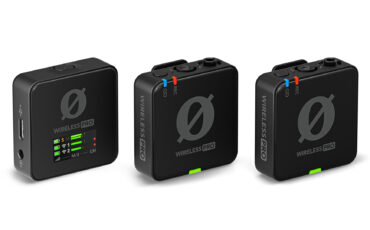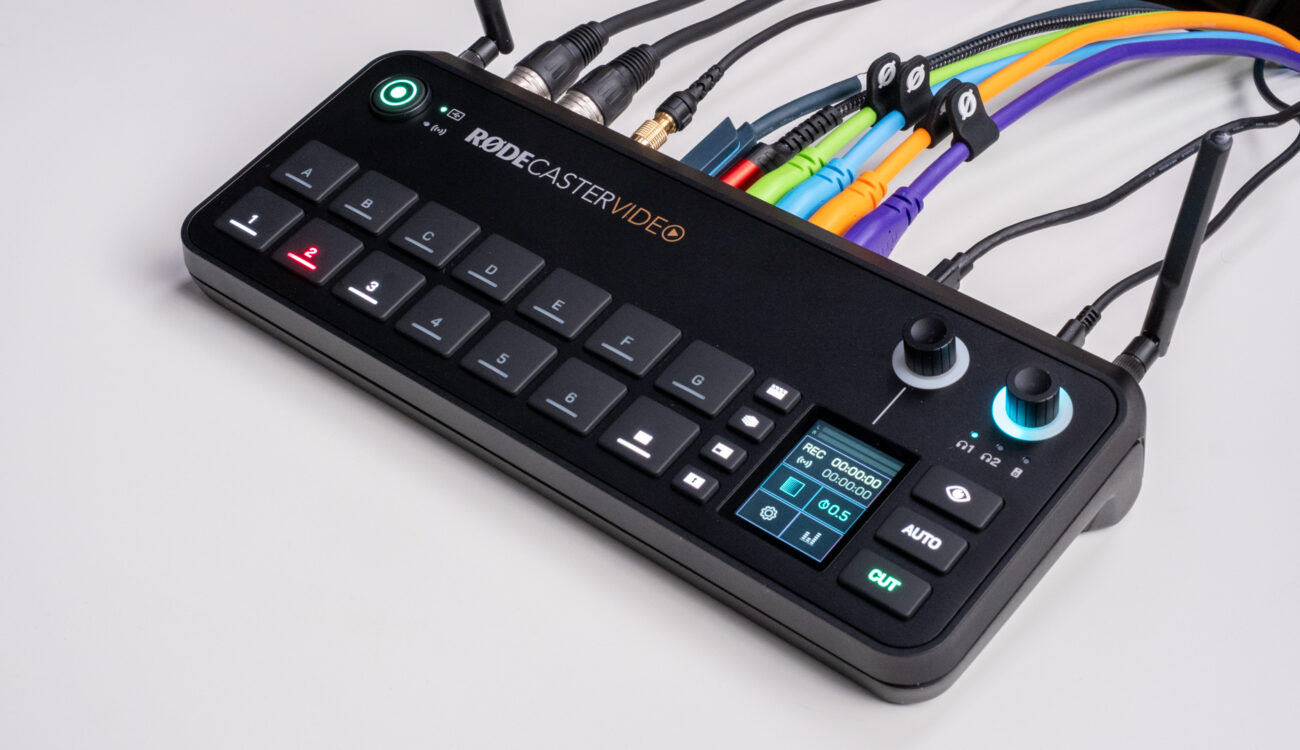
RØDE has launched the RØDECaster Video, a streamlined console that combines a video switcher and an audio studio in one compact device. It’s designed to replace complex, multi-device setups with a single unit aimed at podcasters, video producers, and streamers, providing an easy-to-use solution for managing both video and audio production. We took a first look at the device over the last few weeks.
The RØDECaster Video feels like merging the Blackmagic ATEM Mini Pro ISO with the RØDECaster Pro II, offering a unified solution that handles both video and audio production in one device. This aims to give you the benefits of both systems in a more compact and efficient setup. In this first-look review, let’s check if this wish can be realized.
Camera Input options
On the back of the RØDECaster Video, you find an impressive amount of in-and outputs. It features four HDMI inputs and two flexible multi-purpose USB-C ports (USB 4 and 5) that allow for connecting and switching between six video sources, including USB webcams. The two HDMI outputs are for connecting displays for monitoring and outputting your production, and you can select which video feed you want to send (Program, Preview or Multiview).
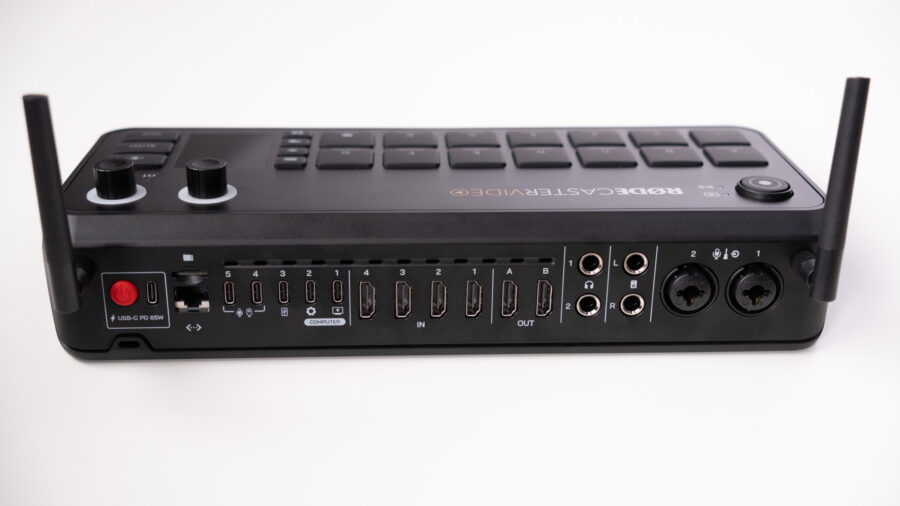
Audio features
On the audio side, it features two studio-grade Neutrik combo jack Preamps with up to 76dB of Gain (you don’t need any signal booster or cloud lifter for powering low-output dynamic microphones that are often used for podcasts like a Shure SM7B) for capturing pristine audio from XLR microphones, instruments, and other audio equipment. In addition, you can use the two multi-purpose USB-C ports (USB 4 and 5) to connect RØDE USB audio devices such as the RØDECaster Pro II and Duo, as well as a range of RØDE USB microphones, including the NT-USB+, PodMic USB and more.
Unfortunately, only RØDE USB microphones are compatible here. Still, it’s the first interface that I know of that combines classic analog XLR inputs with the ability to add digital USB microphones as well.
There’s onboard DSP (digital signal processing), too, so you’ve got compressors, noise gates, de-essers, and the Aural Exciter all at your fingertips, powered by APHEX. And if you want to monitor audio, there are two headphone outputs and two balanced 1/4-inch line outputs for speakers.
Other USB connectivity
Beyond the two multi-purpose USB-C ports, you’ve got three additional USB ports. USB 1 lets you send a live video stream along with multitrack audio. USB 2 is where you connect to the RØDE Central app to configure and control the device—it’s also an extra audio interface. Plus, it’s MFi-certified, which means you can hook up your iPhone or other smartphones to send and receive audio. USB 3 is reserved for external storage devices, like hard drives or thumb drives.
Recording and streaming capabilities
You can connect external hard drives to the RØDECaster Video, which supports Isolated Recording (ISO). This feature allows you to record each of the six video inputs separately, along with the program feed, as individual H.264/AVC files at up to 1080p30. However, unlike the ATEM Mini ISO, it doesn’t offer an XML or project file for direct import into an NLE for editing. Hopefully, RØDE will add this feature in a future update, because this is something that’s extremely convenient with the ATEM series (and a standard workflow we use on our weekly podcast production “Focus Check”.
The RØDECaster Video features a microSD card slot that can be used to store videos, images, graphics, and sounds.
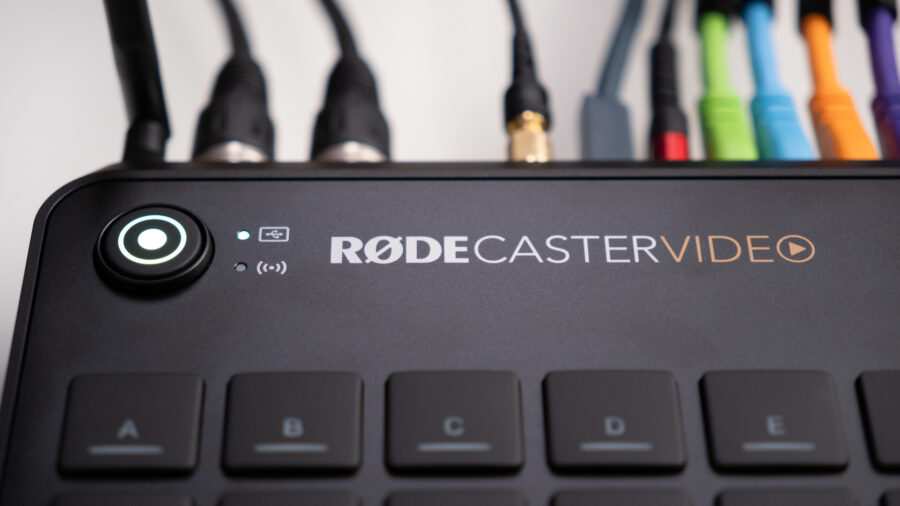
Additionally, you have an Ethernet connection and WiFi ability with the two dedicated antennas on the back that allow you to control the device remotely but also enable the option to stream directly to YouTube or Twitch by adding the Server and Stream Key directly in the RØDECentral app without using any additional software as OBS or Streamlab.
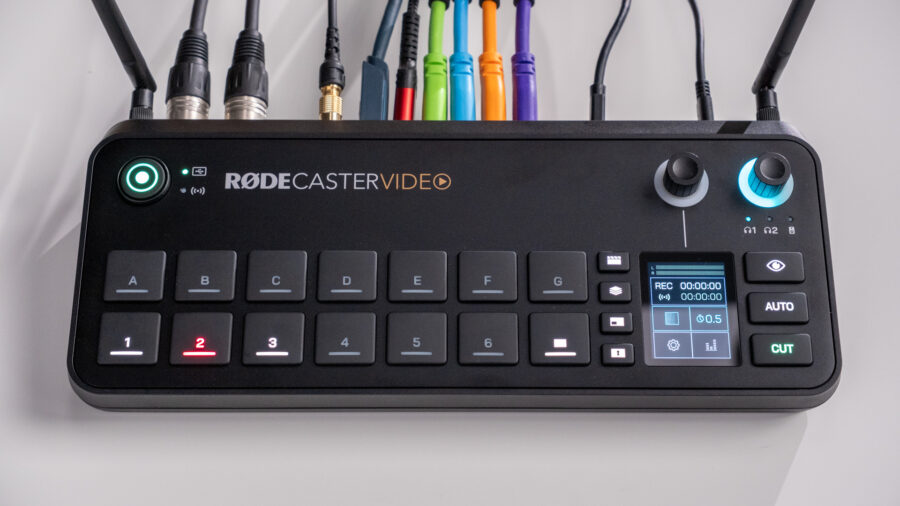
Buttons and UI
On the top, there’s a 2-inch touchscreen along with two rotary knobs for navigating menus and adjusting settings, like volume. You’ve got six buttons for switching between video sources and seven additional customizable scene buttons.
If you connect a display to the Program or Multiview output, you’ll get a full overview of your sources and audio levels. There’s also a handy recording window that shows if your recording is active and how much storage you’ve got left on your connected drive.
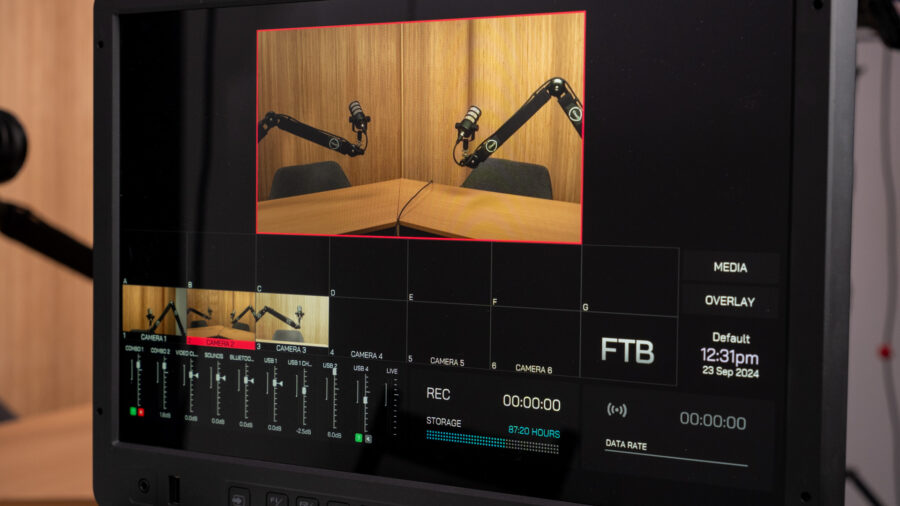
Summary
The RØDECaster Video is an all-in-one device for anyone looking to streamline their video and audio production. It combines a powerful video switcher with a full audio studio, offering high-quality preamps, multiple inputs and outputs, and advanced DSP processing—all in a single unit. It’s a very tightly packed, small device with a lot of capabilities, and we will continue to try it out in the weeks to come for a more detailed assessment.
Price and availability
The RØDECaster Video is available for $1199 and will be available exclusively through B&H at release.
What do you think about this combination? Have you ever used a RØDE audio product before? Let us know in the comments down below!
